Yunnan botanists take the lead in identifying 2,189 edible mushrooms worldwide
The article “Reviewing the world’s edible mushroom species: A new evidence-based classification system” was recently published on Comprehensive Reviews in Food Science and Food Safety, an internationally renowned journal.
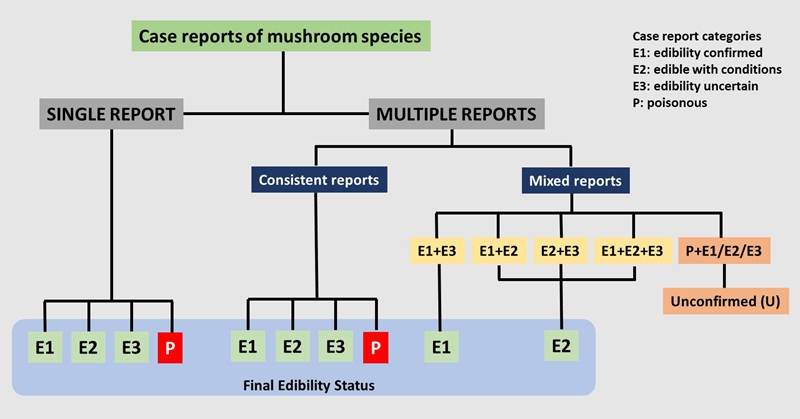
Joining hands with their international peers in identifying 2,189 edible mushrooms worldwide, the leading writers of the article are post doctorate Li Huili and research fellow Xu Jianchu at Kunming Institute of Botany, Chinese Academy of Sciences, as well as professor Sheng Jun at Yunnan Agricultural University.
A native of central China’s Henan province, Li Huili has been in love of mushrooms since childhood. Recommended by Xu in 2012, Li visited Thailand for a research project on diversity of macro fungi in the Lancang-Mekong river basin. From then on, she has focused on fungi study.
“Having known the fungi’s growing conditions, you can think up ways to protect their living environment and sustain the management in days to come,” said Li, noting the population structure of fungi is largely shaped by that of woody plants, and vice versa.

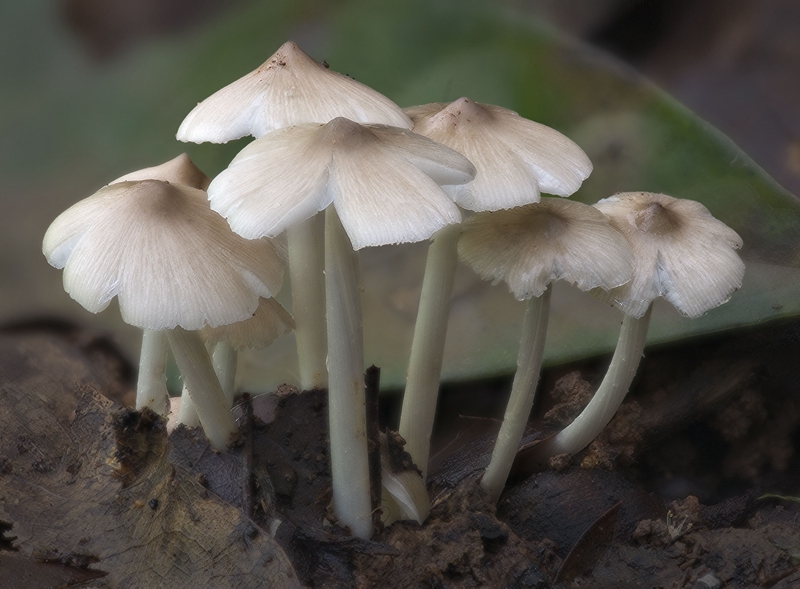
Li said Yunnan leads the world in studying fungi and she is impressed by local’s favor to the edible mushrooms. During her 6-year research project, Li spent 3 years doing field work in the Haitangwa village in west Yunnan’s Baoshan, where she learned a lot from senior folks.
Besides academic girls like Li, there are also energetic young men in researcher Xu’s team, many of whom are from the neighboring countries. Asanka Bandara, a Sri-Lankan studying termite mushrooms, are among them.
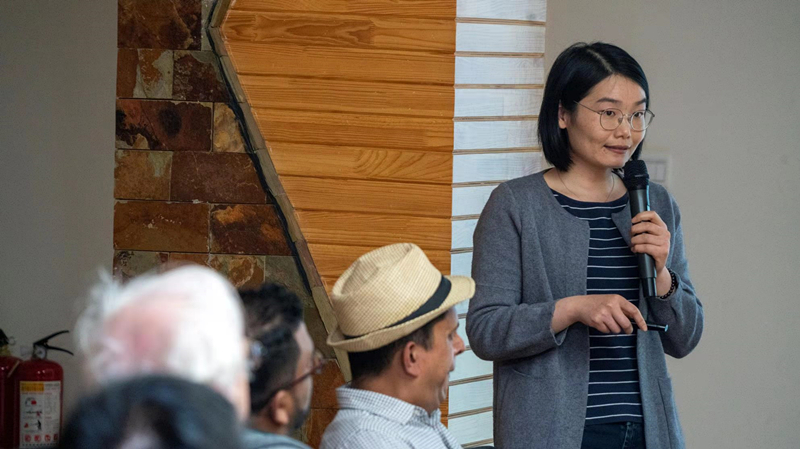
In their laboratory, Asanka took out a culture vessel full of earth blocks where certain tiny while points are seen moving to and fro. Asanka explained that they’re newly-born termites that play a key role in growing the edible mushroom of termitomyces.
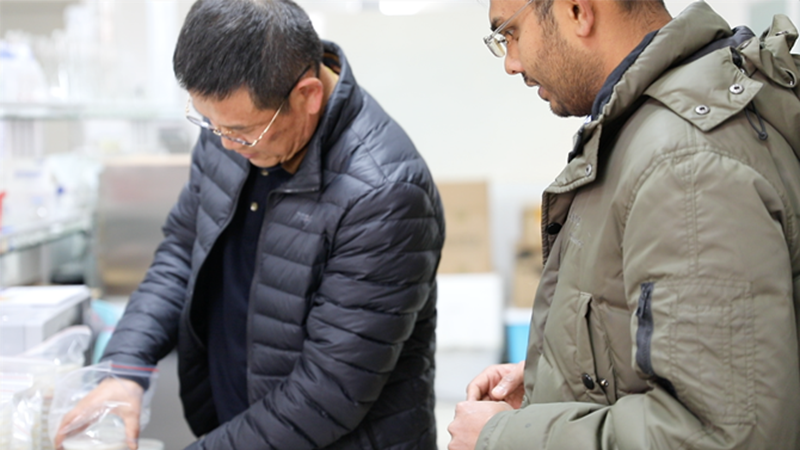
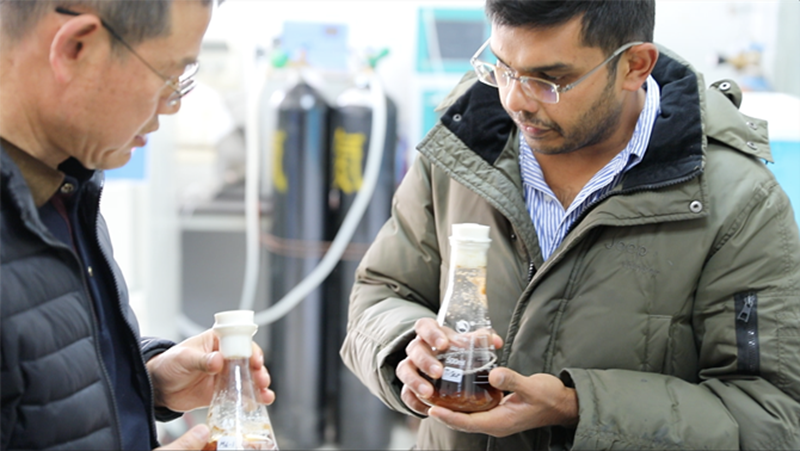
Asanka said termites and termitomyces coexist. While crating the conditions for termites to mate, nest and lay eggs, the laboratory is also cultivating the varieties of termitomyces. Later, termites and termitomyces in the lab will be moved to the wilderness for further observation.
Cultivation of termitomyces is a challenging but promising filed. “I enjoy studying mushrooms in Yunnan, and I hope that satisfactory results will be achieved,” said Asanka Bandara, who has been on Xu’s team since 2018.
Reporting by Liu Ziyu, Wang Jingzhong, Ma Yifei and Pu Xiao (Yunnan Daily); Trans-editing by Wang Shixue